How To Create Target Customer Profiles
Today, I want to show you how to create target customer profiles for your brand. How you can describe your ideal customer, and how to design the profile as the perfect match.
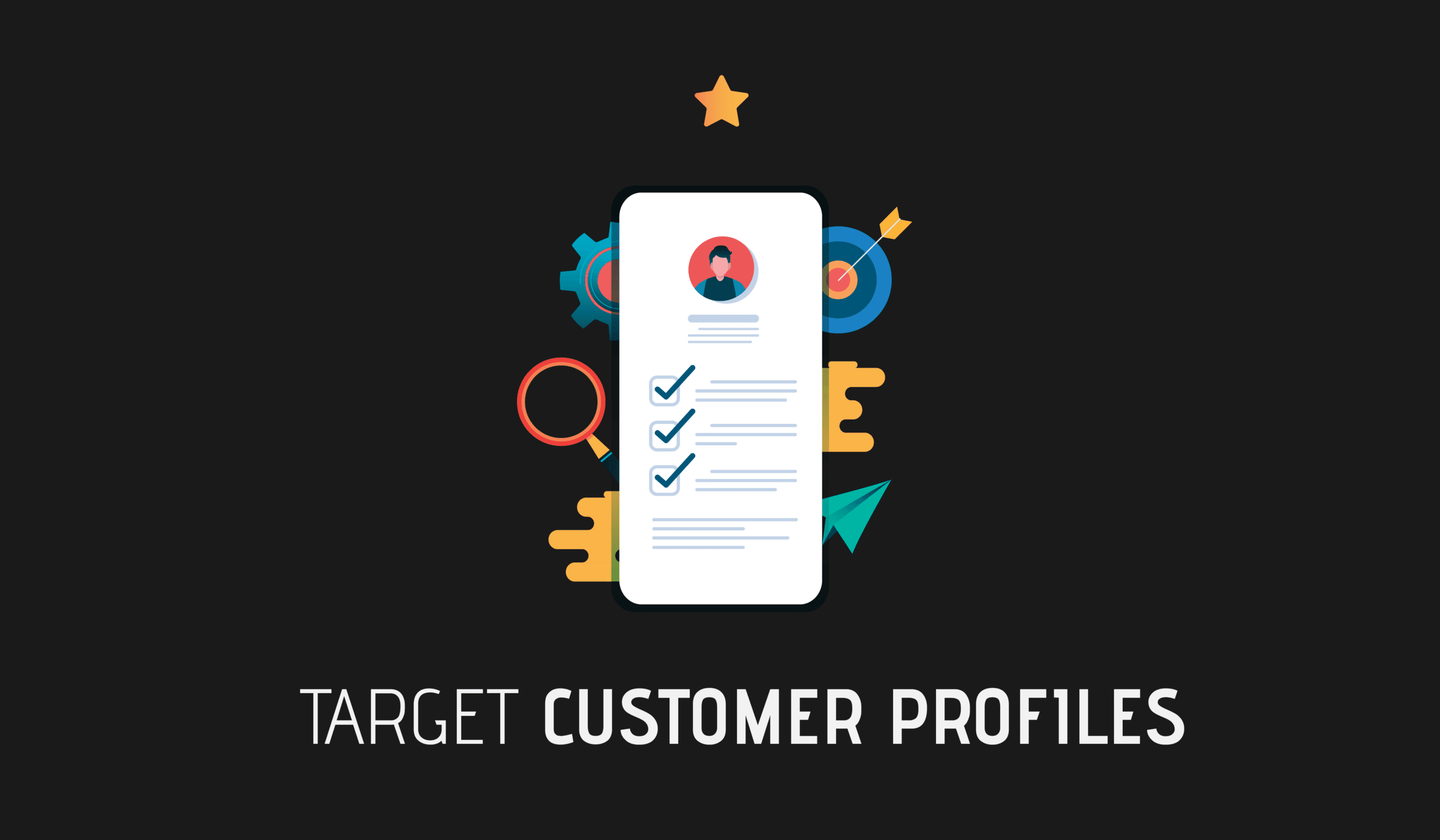
At the beginning of my digital marketing journey, I thought that getting my social media pages to as many people as possible will bring more followers to my brand.
Spending money to place paid ads in front of a wide and general audience. I was targeting people of all ages, genders, and some quite general interests.
This strategy turned out to be completely wrong. You see, when it comes to increasing reach, it’s not always about the number of people that see your ads or content.
Instead, the focus should be on getting your brand, message, product, or service, in front of the right people for your brand.
There is a simple way to get inside the mind of a potential customer. We do that by creating target customer profiles. They describe the ideal customers, as close as possible to a perfect match.
What is a customer profile?

In a nutshell, a customer profile is all the information a brand has on their ideal customers. That includes demographic and behavioral data about the people that the brand is targeting on the market.
You can put together target customer profiles by doing market research and direct communication with potential customers.
In this article, I will show you how you can go beyond simple demographics to create an ideal customer profile for your business.
The Benefits of Creating Target Customer Profiles
Understanding the target audience for your brand is essential because these are the people that you’ll be connecting with. Here are some benefits of defining your ideal customer:
- Get into the mindset of your customer to understand their needs
- Understand how you can approach and communicate with them
- It helps you optimize content and value offer for the right people.
Having hundreds of devoted followers that will engage with your content or customers that love your brand is much better than having thousands of people that don’t contribute much.

There is usually more than one type of customer you’re targeting so your brand might need a few audience profiles. How do you start making them?
1. Outline the basic demographics of customers
The first step in creating a profile of a target customer is to outline all the characteristics that are relevant to the target audience.
Customer characteristics can serve as a foundation for you to start building your ideal customer. You start off simple and go into more details in later steps.
Something important to understand is that not every single person that becomes your customer will fit this profile. You’re creating profiles to get an idea of what the large group of customers will look like.
What is demographic customer data?
Demographic data describes the various characteristics of your audience. It is usually the first step that brands take toward strategic customer targeting. Here are common demographic data examples:
- Gender
- Age
- Marital Status
- Income
- Profession
- Net Worth
- Location
- Nationality
- Religious Affiliation
- Political Affiliation
Demographic customer profile example
To show you how you can start putting together your target profiles, I created Steve.
Let’s say that you run a web development agency in Boston, and your main goal is to help individuals and small new businesses build their first website.
Your target customer Steve is a 29-year-old freelance writer from Boston. He has already graduated from university and lives in Boston. He finds his freelance jobs online, using third-party websites. His income is around $1800/month.
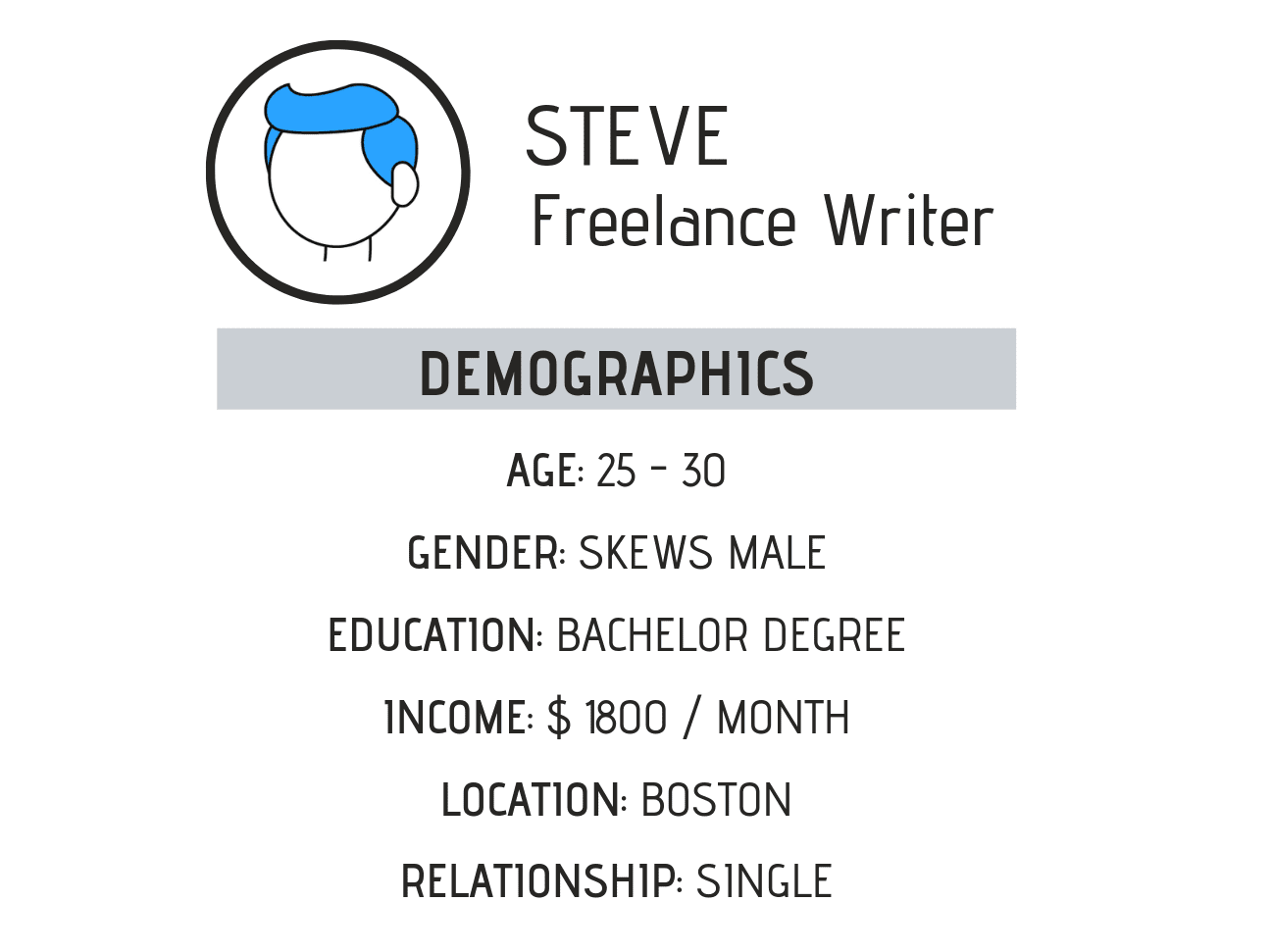
Steve would benefit from a website where he can market his personal brand and offer his freelance services independently, and this is where your agency comes in.
Depending on the type of market that you’re going to serve, you most likely need more than one customer persona for your brand.
Using demographic data points, you can:
- Create a better perception of people that interact with your brand
- Segment your audience into multiple distinct categories
- Understand the similarities and differences between each segment
Action: Create a profile with demographics that fit a large portion of your target audience. Narrow down their age, location, income, education, job title, gender, or anything else that is useful for your brand to know.
2. Describe the personality characteristics of customers
In the second step, we will go beyond the typical demographic characteristics of a target customer. It’s time to think about their lifestyle and personality.
Create a picture of how they spend their time and attention during the day. That will make it easier to find a place for your brand in their lives.
You need to fit into their routine and help them by making the problems that they face daily easier to solve.
How does the lifestyle of a target customer look?
Walk a mile in their shoes. Consider the things they face and get into as much detail as you can find. Here are some questions you need to answer:
- How does a typical day for your target audience look like
- What kind of activities do they enjoy in their free time
- What is something they need to make life better
All of that is important because when you know the regular things that the target does, it is easier to see the problems that they might face.
What problems does a target customer face?
We use products, services, and social interaction to somehow improve our standing in the world. Therefore, we consume the things that we believe will do the best job in doing so.
Engage with communities in your target market. Communicate with your potential customers and discover the many ways you can help them.
Find problems, big and small, that your target audience is facing, and you can help solve for them.
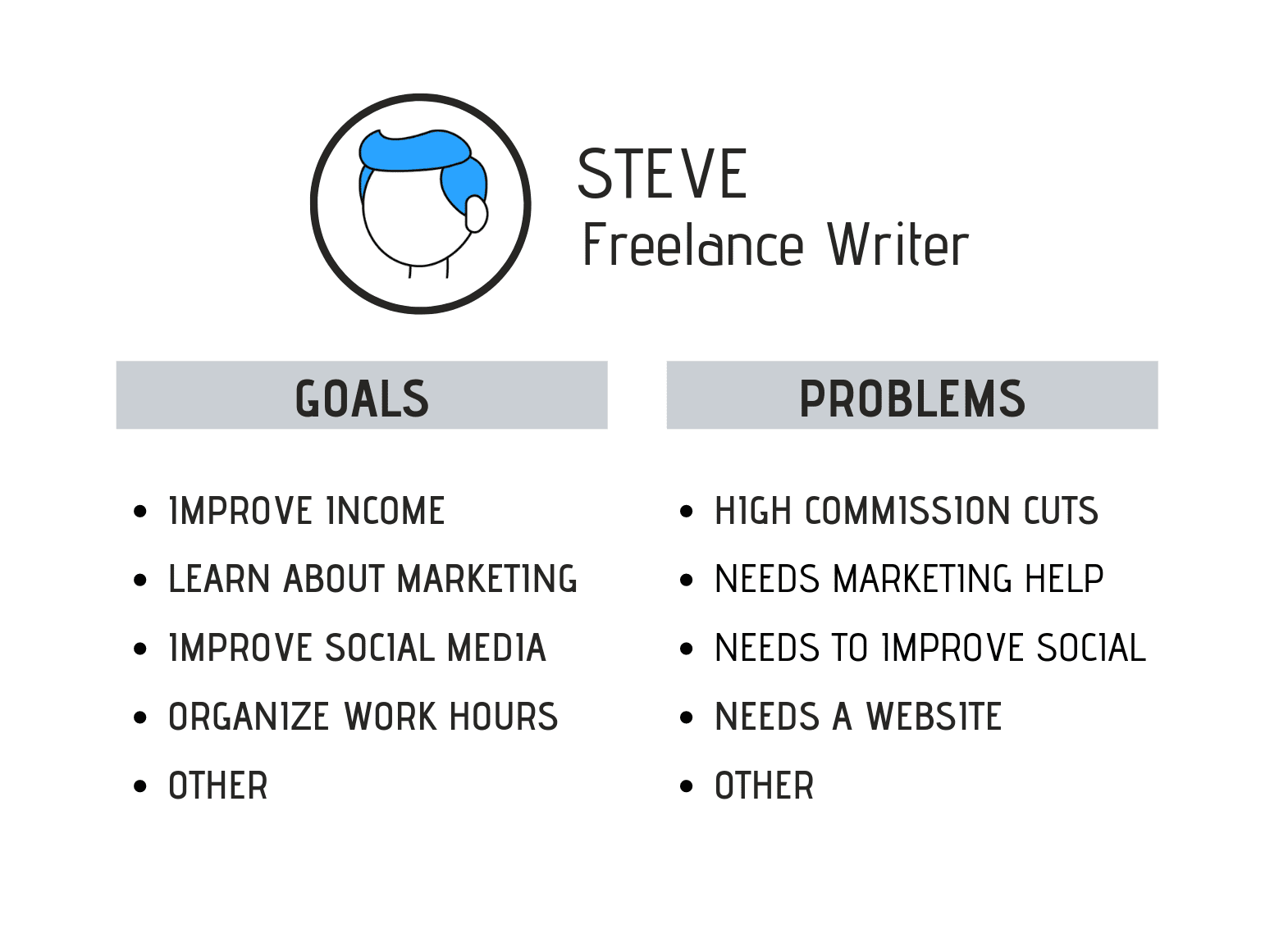
What are their goals?
Your brand is here to help customers improve and reach their lifestyle goals. Think about the things that they’re trying to achieve and how your product or content fits into that.
Having an insight into their goals will help you speak to them when you’re promoting your services or creating content for them.
Spend some time researching the behavior of your potential audience. Here are some things to look for in your research:
- The type of profiles they already follow on social media
- The community websites and forums they visit
- The hashtags they follow and use
- The language they use on post captions and comments
- The profile description in their bio

Content is the main way that brands reach and communicate with their customers online.
All the Social Media Graphics you need and many other design elements, are available for a monthly subscription by subscribing to Envato Elements.
The subscription gives you unlimited downloads from a massive and growing library of 1,500,000+ Social Media Graphics & Design Assets that can be downloaded as often as you need (stock photos too)!
Digital Brand Blueprint is an affiliate partner for Envato. If you visit their page through our link and subscribe we will receive a small commission at no extra cost for you. This keeps the website growing 🙂
3. Map the customer journey stages
Customers interact with brands on multiple occasions, depending on what stage of consumption process they are in.
Think about the various moments that people go through when they choose the products they use, who they follow, or where they get their haircut.
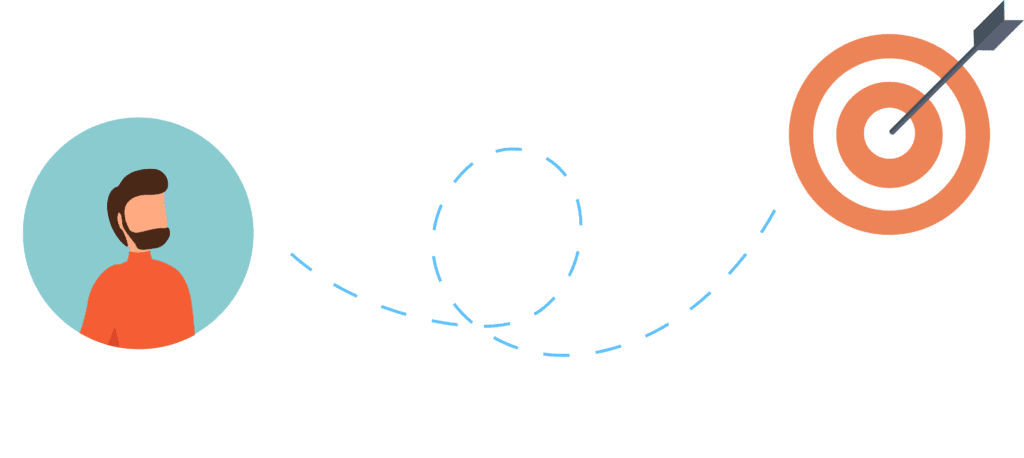
You need to identify the stages relevant to your strategic approach. Here are some common ones:
- Exploring — A person that has not identified the need or problem or they are not aware of an opportunity yet.
- Understanding — A person aware of the need or problem, they understand it, but they don’t have a solution to it yet.
- Comparing — A person that discovered our solution, and they are currently in the process of comparing it to other solutions.
- Engaging — A person that has come back to our solution for further research or interaction.
- Experiencing — A person that is currently using our solution or product.
- Reviewing — A customer that has already used our solution and has some feedback.
A simple example of a customer journey
Let’s say that Steve wants to bring his freelance business online. He has experience with using technology and believes that he can create a website by himself.
Day 1: He goes on a search engine deep dive, to find the need for products and skills he needs to build a website.
Day 2: He explores all the solutions and products that he discovered in more detail. He narrows it down to three choices.
Day 3: He moves toward a final choice. He compares features and prices again and analyzes the overall benefits of each solution.
Depending on the importance of the purchase, people can spend multiple days going back and doing research on their initial problem, need, or desire.
After the purchase, he will interact with the product, receive its value, and form perception for the brand. Ultimately forming a relationship with the brand as time goes by.
Anticipating customer intent
Google’s President of the Americas Allan Thygesen explained how intent-rich moments are altering the shape of the marketing funnel. “How do you create a brand people can count on? It starts with predicting intent and anticipating needs — throughout the customer journey”.
He says that machine learning is key in collecting more of this type of data about the people that interact with your brand.
That means that you should consider the moments of engagement that target customers reach.
Action: Note the different moments where your brand can step in and help the target audience.
4. Align your business goals to customer needs
All consumers were not made equal. There are people who will instantly become a devoted fan, and there are some people who will not interact with your brand at all after just one purchase.
All of this is completely OK. No matter what you do, there is no way that every single customer will bring the same value to your business. Therefore, you need to expect and align with different consumers in different ways.
How do your brand goals align with the target customer goals?

I describe the concept of alignment as an exchange of value between a brand and its consumers, which ultimately leads to shared gains.
Think about the many ways that you can solve the problems of your customers based on their needs.
For example, if you’re offering web design services, the goal of your brand should be to help people build amazing websites. That aligns with the customer goal of getting a high-quality personal website. Those are your ideal customers.
However, not every single person, will decide to purchase the web design service, some may be in it just for your social media tips, others may want to purchase a video course from you and so on.
The Customer Value Level Example
You can provide solutions to your target consumers on multiple value levels. For example, a web agency can offer at least three levels:
Level 1: This is usually the free value level. In the digital world that can be something along the lines of blog posts, tutorials, videos, or any other content. In the physical world, it would be a sample, first session free, a consultation, and so on.
Level 2: The next step on the value scale is something that the customer can use by themselves, like a course on building a website, a book about marketing, or a workshop.
Level 3: This is the highest level of the value scale, and for the agency, it would include website design with collaboration, marketing consulting, or any other large problem-solving service that they offer.
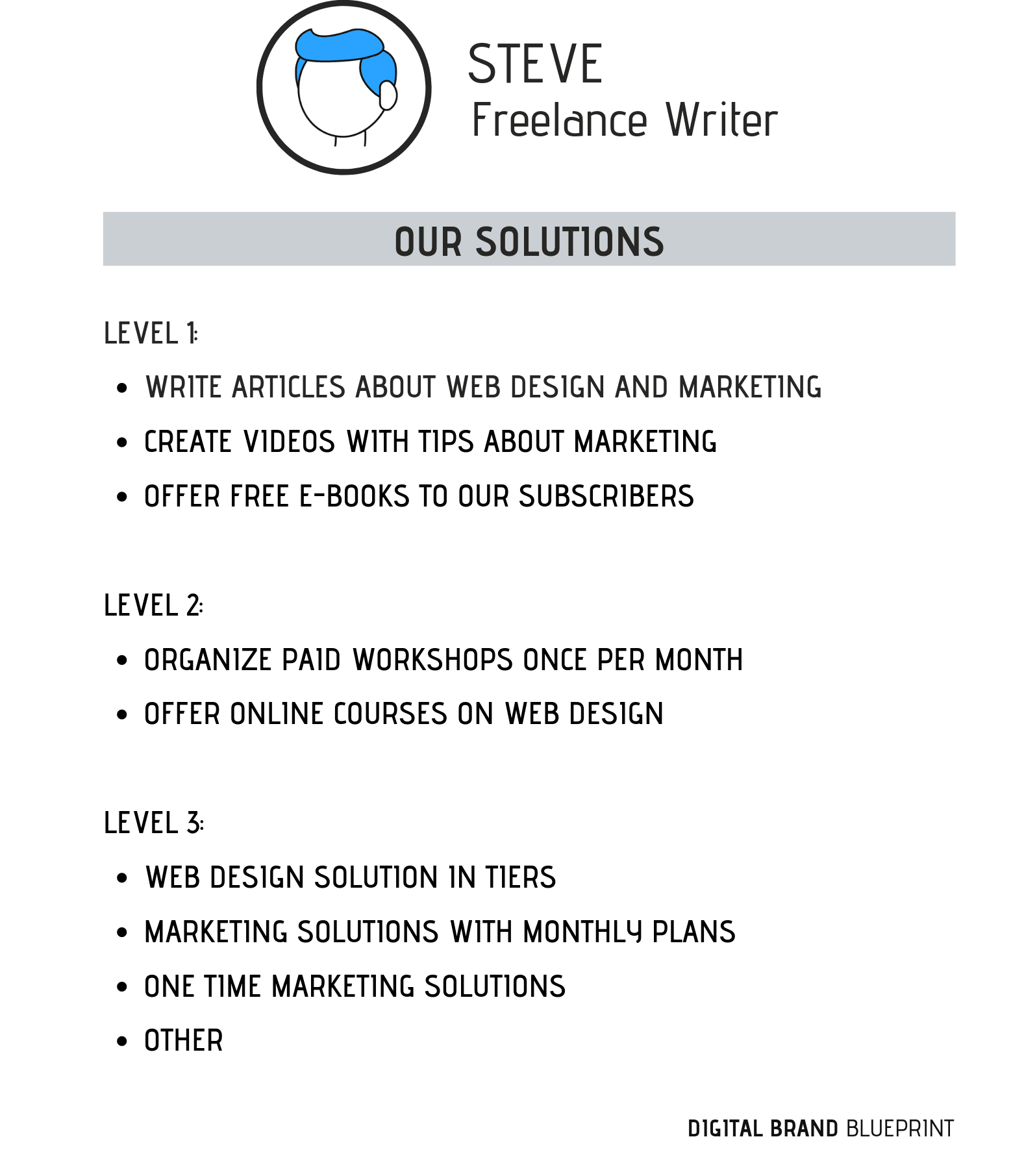
5. Devise a strategy for reaching customers
All these moments are opportunities for your brand to fill in the blank by making sure that you provide the right content, product, or solution across the stages of their journey. Now it’s time to get to work.
Be there when your target customers are looking to identify their need, when they’re looking for a solution to that need, when they need to know what really works and so on.
If you’re providing all the necessary information that the person needs to have through their process, you’re guiding them forwards step by step.
Even after the purchase, there are touchpoints with using the product, making decisions about its value, looking for additional information about the use, and so on.
The way that people look for solutions is more complex than ever, so make sure you create an approach strategy
- How to reach them at different moments
- How to present your brand to them
- How to market to them
- How to hook them and keep their attention
- How to convert them into regular customers
Example:
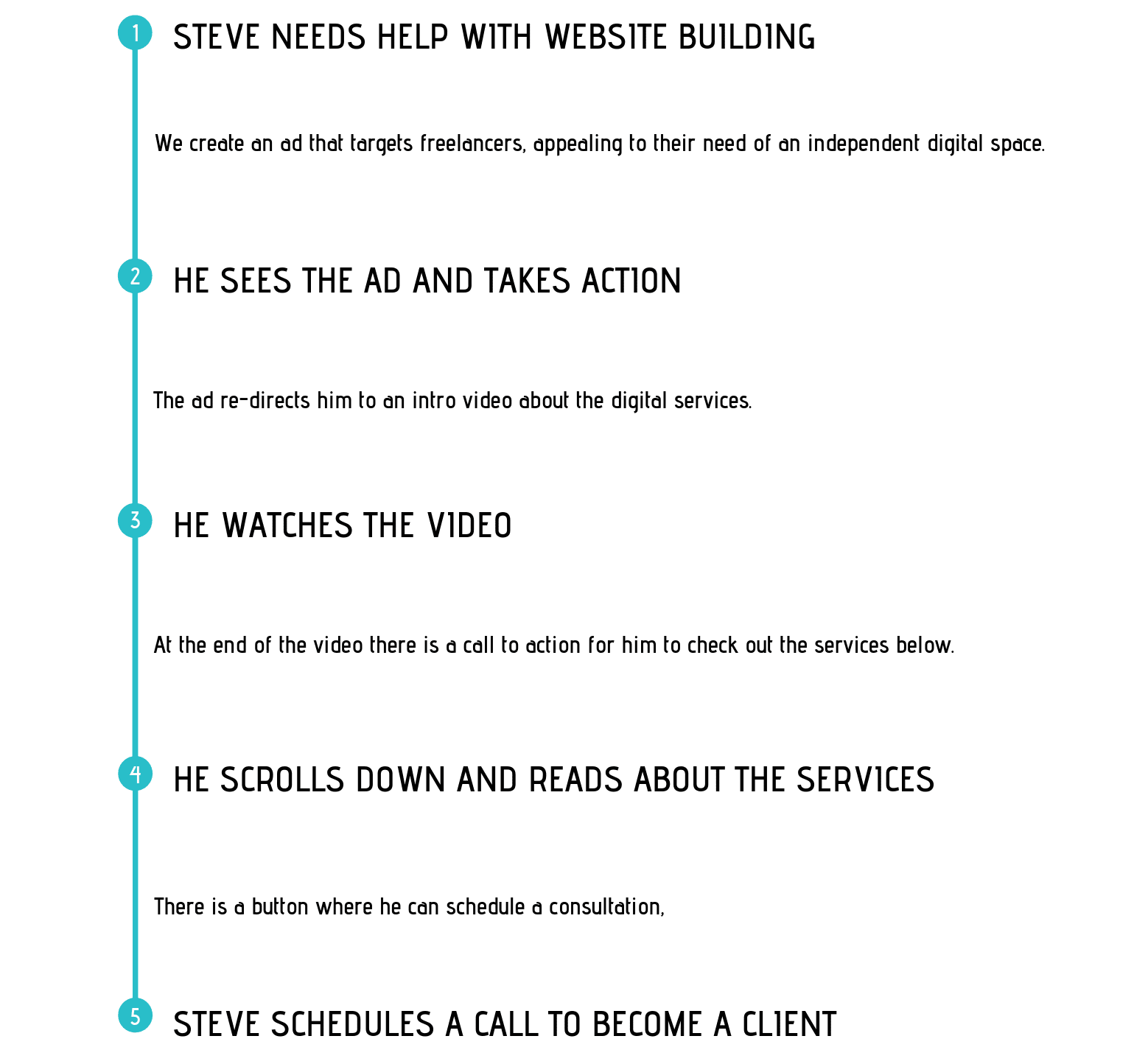
Your job is to be there for people when they reach different points in the process, help them solve their problems and make them a loyal fan.
That means mapping all possible interactions that your audience will experience with your brand, and how to serve them at those points, and ultimately make them a customer.
Related: How To Run A Promotional Brand Campaign
Action: Create a strategy on how you will solve problems for your target audience on different levels through their consumer journey.
How to create customer profiles (5 Steps)
- Outline the basic demographics of your ideal customers
- Describe their personality characteristics, needs, and problems
- Map the customer journey stages they go through
- Align your business goals to customer needs and goals
- Devise a strategy for reaching new customers
You can download the printable audience or customer profile template used in this article and create your own.
Share this with your friends?
